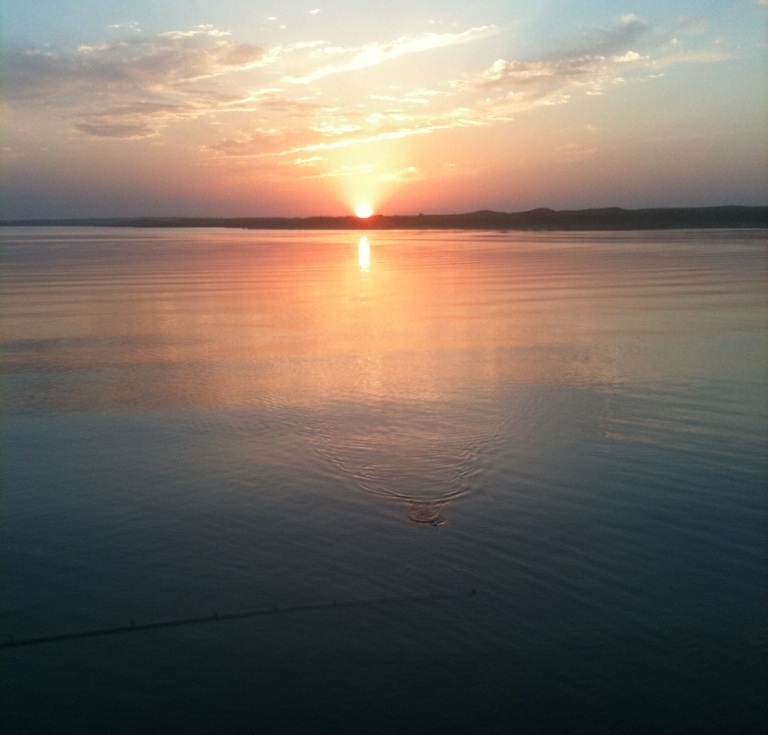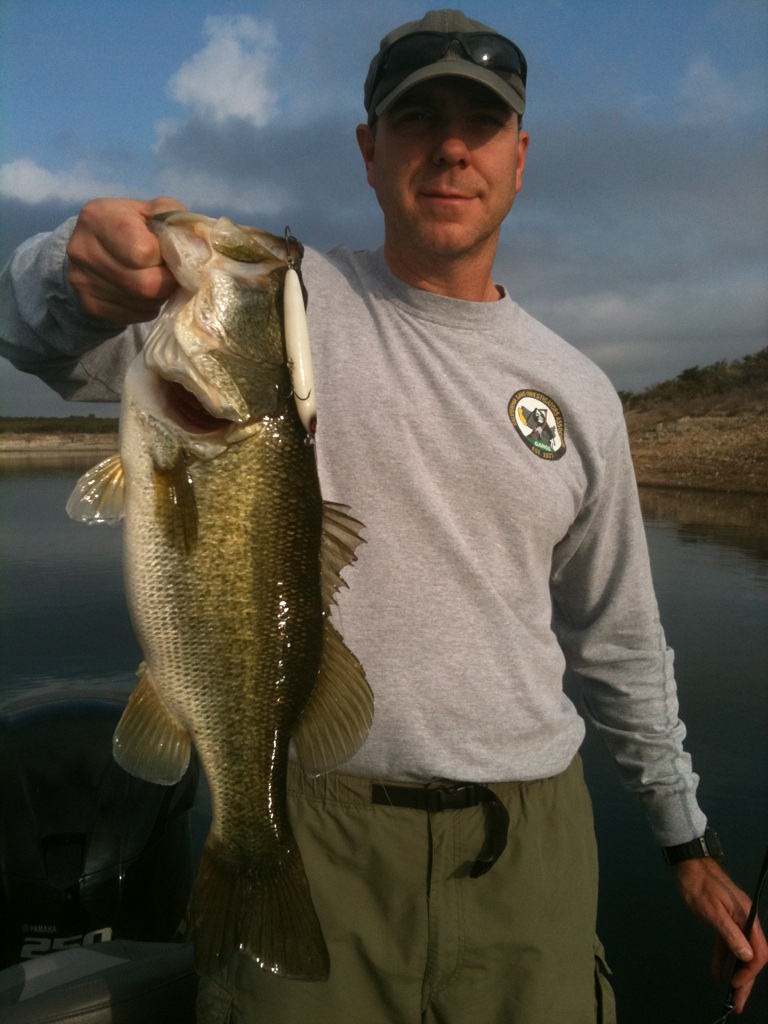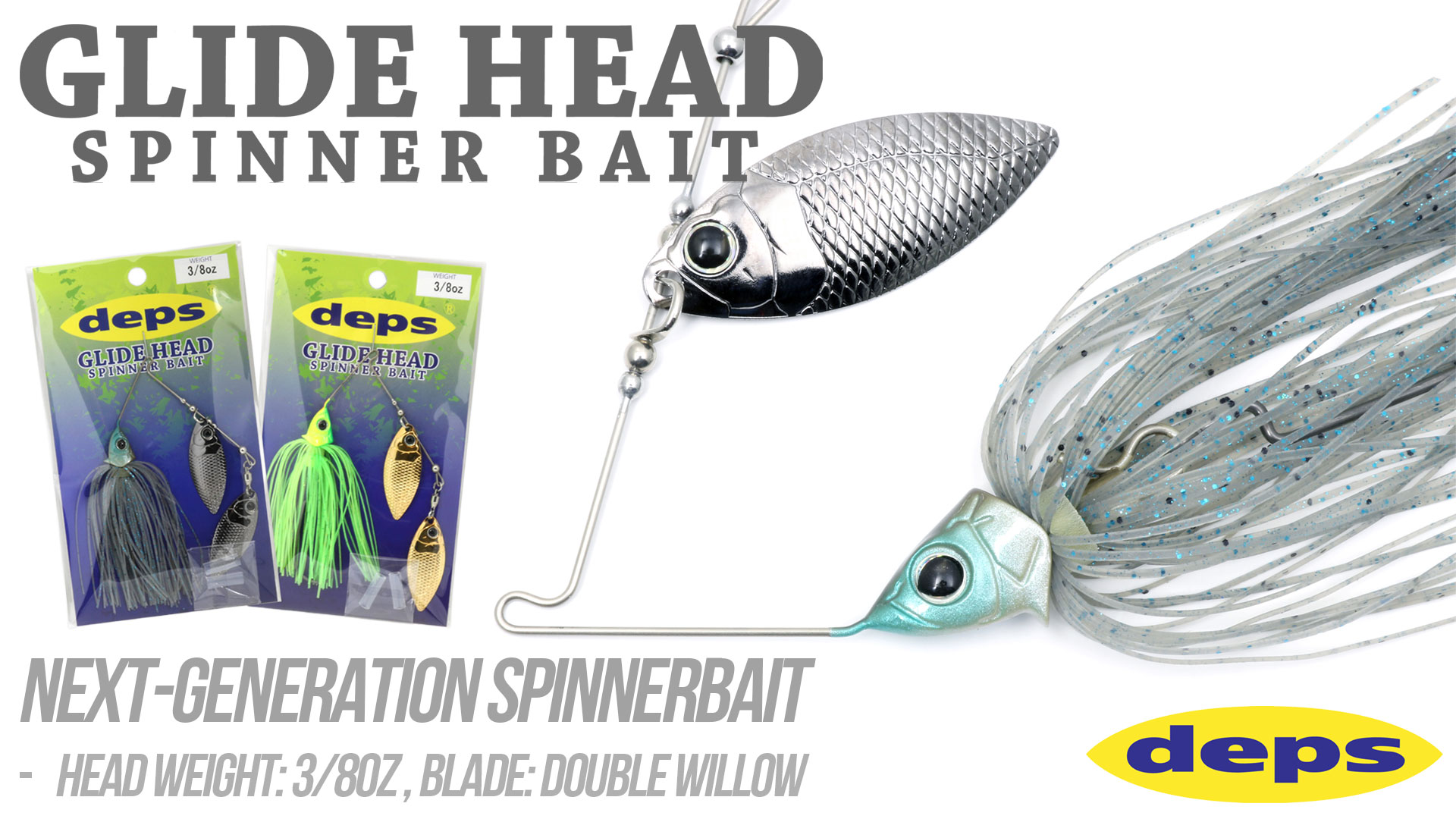Tackling the Baitfish Spawn with the Skimmer
With August water temperatures in the low 80s, Kurt Dove assumed that the shad spawn on Lake Amistad was long over, but recently he came across a situation where small baitfish were utilizing the ledges in the lake’s rocky bluffs to spawn. Not surprisingly, the largemouths were right under them, occasionally gorging on an easy meal.
On lakes throughout the southeast, the traditional tools for catching big limits of bass during the baitfish spawn are spinnerbaits and crankbaits, particularly when the prey consists of blueback herring or threadfin shad. Those lures wouldn’t work in this situation.

“The bait was right up on the bank,” dove said. “If you threw a crankbait or spinnerbait, it was out of the strike zone so quickly. You had to throw a topwater to keep it there.”
Despite being keyed in on easy targets, the fish were still somewhat cautious. Anglers who threw big noisy walking baits didn’t catch as many as Dove, who found the IMA Skimmer to be the ticket.
“It’s a smaller profile bait, and that was real important,” he said. “It’s sleek and subtle, and doesn’t make as big a commotion. It matched the size of the baitfish perfectly.”


Even if your home lake does not have rocky bluff banks like Amistad, you can look for spawning baitfish throughout the late spring and often into the summer anywhere there’s rock cover. “You’re looking for a hard surface that’s shallow,” Dove explained. “That may be a roadbed that comes into the water. It could be a private landowner’s ramp. It could be a stretch of riprap. Those bait will be utilizing that hard cover and the bass will key on them.”
Those bass are so keyed on the baitfish that they often won’t want to chase, though. Dove said that in his Amistad experience, many times the bass exploded on the Skimmer as soon as he made the first twitch. Other times he’d force it to sashay back and forth two or three times and then stop it dead in its tracks. Oftentimes a trailing fish would engulf the lure. If not, he’d hurry it back to the boat and fire out another cast. This is a fantastic way to cover a lot of prime cover if you’re willing to make a lot of presentations. That’s not to say that you won’t get strikes away from the spawning grounds, but rather that you’re better served by keeping your lure in high percentage areas.
“Once you got it 10 feet away from the bluff, you might as well wind it back,” he explained. “A lot of my clients just cast the lures off the rocks to get it in the right spot,” fishing’s version of basketball’s bank shot.
The baitfish spawn tends to be most fierce early in the morning, but Dove managed to extend the bite by looking for banks that held shade later in the day. It pays to take account of where the sun’s effects will be felt latest and to key on those stretches when the bite starts to die off in more exposed areas.
As for colors, it pays to “match the hatch” to your local forage fish, but for Dove’s purposes a bone hue is one that covers many bases.
Dove throws the Skimmer on a Powell 703 baitcasting rod paired with a Shimano Chronarch reel with a 7:1 gear ratio – the better to get the lure back to the boat once it leaves the prime strike zone. While many anglers might skew fairly heavy on their line choice, he prefers 14 1b. Toray Nylon (monofilament). “It allows you to throw it further,” he said. “That way, you can stay a longer distance away, which is important in our clear water. It’s a smaller bait than something like the Big Stik, so the line doesn’t overpower the lure and the lure doesn’t overpower the line.” He also likes to add a split ring to the nose to make the walking action even wider. It’s a lure that’s deadly for schooling fish and in situations where a bulkier topwater turns off the bass, but for Dove, it’s also a fantastic baitfish imitator when nothing short of a perfect facsimile of the real thing will suffice.





